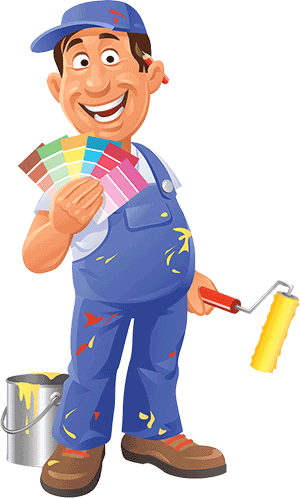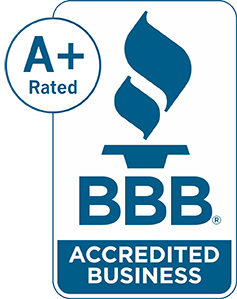There are many different types of paint; varieties in colour, water-resistance, thickness and surface-protection exist. The pigments and vehicle of paint are the primary two elements you can change, though additives can be changed as well. Oil and acrylic are two types of paint with substantially different properties. Today, we’ll take a look at the difference between these two substances, and how they can make a difference in your paint job.
Oil acts as the binder and the solvent in oil based paints; linseed oil is used in many cases. Acrylic based paints use acrylic polymers as the binder, but water as the solvent, and this is why the two paints have different properties.
Oil-based paints dry slowly, which is a handy property for a handful of tasks. Oil paints allow artists to blend colours more easily, and to layer paints on underpaintings. The disadvantage of a slow drying time is obvious; oil-based paints must be left to dry for much longer. Water, conversely, evaporates easily, which makes acrylic paint much more practical for a job you want done quickly.
The use of water as a solvent in acrylic paints means they can be thinned by simply adding more water. Oil cannot be thinned with water, as it just floats on top; this means chemical paint thinners of various types must be used in order to reduce the viscosity of oil paints.
There are colours of paint available in acrylic that you can’t find in oil-based paints, and vice versa. This is because different pigments dissolve in different substances; adding an water insoluble pigment to an acrylic vehicle doesn’t make paint, it just makes a mess.
Acrylic paint is more flexible than oil paint, and the surface that is painted is thus less prone to cracking. This means oil-based paints aren’t suitable for painting an exterior; stick with 100% acrylic paints to avoid having to repaint an area.
The other advantage of acrylic for your home’s exterior is that you don’t need to layer it; because oil-based paints crack so easily, it’s essential to use many layers in order to achieve the desired effect. Acrylic paints are much easier to apply, and two coats should usually do it.
Cleaning acrylic paints is also much easier, since they’re water-soluble. Oil paints are not; again, special solvents are needed to clean brushes that have been dipped in oil paint.
Oil-paints are useful for fine art paintings, but for painting your home acrylic wins hands down. It’s easier to apply, more durable, it dries more quickly and you only need a couple of coats. The best interior painting services all use 100% acrylic paint, so make sure you know what you’re getting when your house is being painted.
Oil acts as the binder and the solvent in oil based paints; linseed oil is used in many cases. Acrylic based paints use acrylic polymers as the binder, but water as the solvent, and this is why the two paints have different properties.
Oil-based paints dry slowly, which is a handy property for a handful of tasks. Oil paints allow artists to blend colours more easily, and to layer paints on underpaintings. The disadvantage of a slow drying time is obvious; oil-based paints must be left to dry for much longer. Water, conversely, evaporates easily, which makes acrylic paint much more practical for a job you want done quickly.
The use of water as a solvent in acrylic paints means they can be thinned by simply adding more water. Oil cannot be thinned with water, as it just floats on top; this means chemical paint thinners of various types must be used in order to reduce the viscosity of oil paints.
There are colours of paint available in acrylic that you can’t find in oil-based paints, and vice versa. This is because different pigments dissolve in different substances; adding an water insoluble pigment to an acrylic vehicle doesn’t make paint, it just makes a mess.
Acrylic paint is more flexible than oil paint, and the surface that is painted is thus less prone to cracking. This means oil-based paints aren’t suitable for painting an exterior; stick with 100% acrylic paints to avoid having to repaint an area.
The other advantage of acrylic for your home’s exterior is that you don’t need to layer it; because oil-based paints crack so easily, it’s essential to use many layers in order to achieve the desired effect. Acrylic paints are much easier to apply, and two coats should usually do it.
Cleaning acrylic paints is also much easier, since they’re water-soluble. Oil paints are not; again, special solvents are needed to clean brushes that have been dipped in oil paint.
Oil-paints are useful for fine art paintings, but for painting your home acrylic wins hands down. It’s easier to apply, more durable, it dries more quickly and you only need a couple of coats. The best interior painting services all use 100% acrylic paint, so make sure you know what you’re getting when your house is being painted.



